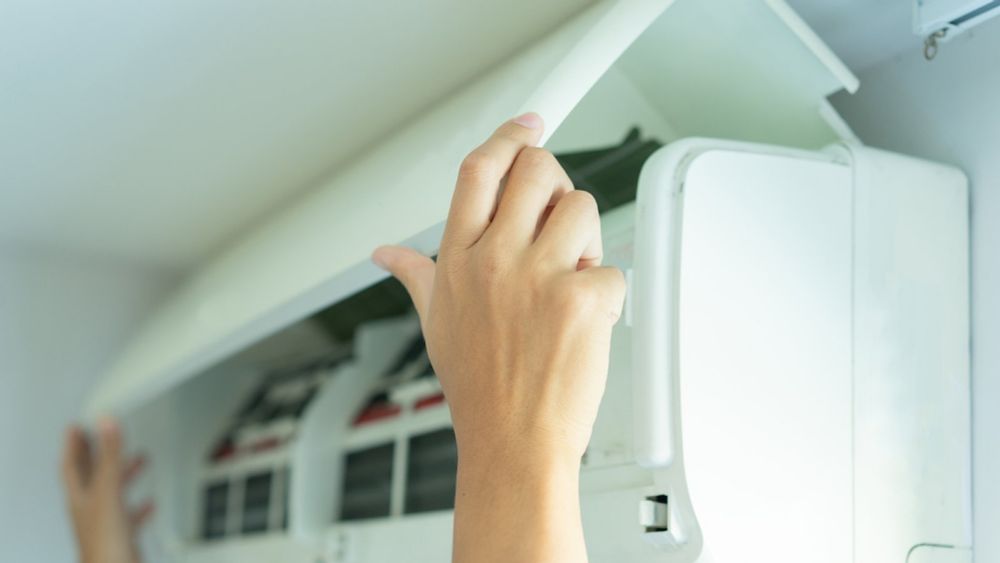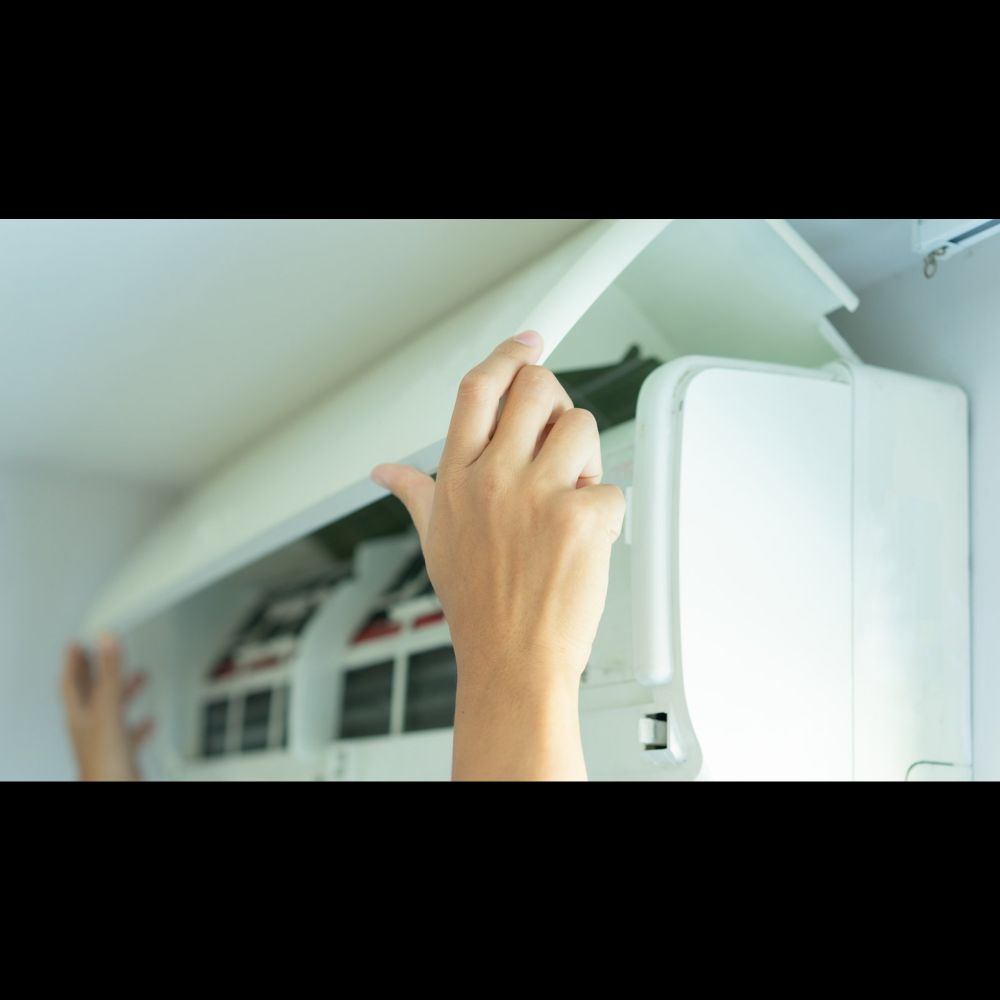
Breathing by bottles.
Indoor Air Sanitation Matters.
@akm76.bsky.social
Engineer, Researcher. Working towards healthy indoor climates in sustainable buildings. Putting occupants first.
We need clean air to breathe -
This is one of those things that everybody "knows" and then no body cares.
As winter gets upon us and colder, I wrote a piece listing some simple, easy and quick to take steps that can help save energy and ensure comfort.
www.rte.ie/brainstorm/2...
Hope it is helpful!
Very good 🧵 on how respirators work (many of my followers know already.)
And also on filtration of rooms.
Wish I could bookmark this to give to misinformed souls and bots.
In another scenario, if the first filter has an efficacy of just 15% and allowed a flow of 1200 cubic feet per minute, it would give us 180 cubic feet of clean air, as opposed to the 199 from the second one. 20/
22.10.2023 09:40 — 👍 1 🔁 0 💬 0 📌 0The big difference is the bigger flow allowed by the first guy more than makes up for its lower effective filtration. That is why we want to check CADRs and not just effective filtration. 19/
22.10.2023 09:40 — 👍 2 🔁 0 💬 1 📌 0So, every minute, the first guy delivers 1000 cubic feet air, 70% likely to be clean. So that is about 700 cubic feet clean air every minute. The second guy delivers 199.8 cubic feet clean air every minute. 18/
22.10.2023 09:40 — 👍 1 🔁 0 💬 1 📌 0Hypothetical time. Say, there is a filter which picks out stuff you don't want with 70% probability. Another, filters the stuff out with 99.9% probability. Every minute, the first lets 1000 cubic meters of air pass through, the second lets 200 cubic meters of air pass through 17/
22.10.2023 09:40 — 👍 1 🔁 0 💬 1 📌 0The CADR tells you the overall impact, taking into account how good the filter's efficiency is in the size range of concern and the flow rate through the filter. 16/
22.10.2023 09:39 — 👍 1 🔁 0 💬 1 📌 0That sounds complicated. Which is why we talk about something called clean air delivery rate. Depending on the size of the pollutant of concern, a CADR can be calculated, following some standards (ahamverifide.org/ahams-air-fi...) 15/
22.10.2023 09:39 — 👍 1 🔁 0 💬 1 📌 0So, based on the pollutant size of concern, we decide on a filter type. There will be a range of filters in this group. They may have different flow restrictions. The compromise we need to strike is the bet value of efficiency times flow rate. 14/
22.10.2023 09:38 — 👍 1 🔁 0 💬 1 📌 0Let me take it to an extreme. You could have an impermeable plastic film - that will give you 100% efficiency but 0 flow rate. We certainly do not want that. 13/
22.10.2023 09:38 — 👍 1 🔁 0 💬 1 📌 0We need to strike a balance of an optimal flow rate and filtration efficiency. 12/
22.10.2023 09:37 — 👍 2 🔁 0 💬 1 📌 0There is air in the room, there are pollutant sources, the air cleaner is continuously passing the air through a filter, getting stuff out of air and doing it again while the sources continue put stuff into the air. 11/
22.10.2023 09:37 — 👍 2 🔁 0 💬 1 📌 0And this is not like filtering water - its not like you are going to let the air pass through the filter and then collect in a large tank and breathe some of it in whenever you feel out of breathe 10/
22.10.2023 09:37 — 👍 2 🔁 0 💬 1 📌 0At the same time, higher rated filters (filters with better efficiency) need to be more restrictive to do their job. Means, they let less air flow through them than a comparatively lower rated filter if the driving force is the same 9/
22.10.2023 09:37 — 👍 2 🔁 0 💬 1 📌 0To be fair, even your handkerchief will filter some 0.3 micron particles. That does not mean you will use it to protect against asbestos dust. Things have to be "fit for purpose" 8/
22.10.2023 09:36 — 👍 3 🔁 0 💬 1 📌 0At the same time, if you are interested in particles around 1 micron size, you would not even think of getting a MERV 8 filter. Not that they would not filter anything at 1 micron. Just that the values are not of practical interest and MERV 8s don't get rated at that size 7/
22.10.2023 09:36 — 👍 3 🔁 0 💬 1 📌 0Similarly, for MERV 13, particles between 0.3 and 1 microns, have about a 75% chance of getting trapped. Again, not a definitive NO or YES. More than an even chance, so not too shabby. 6/
22.10.2023 09:36 — 👍 2 🔁 0 💬 1 📌 0
For example, have a look at the performance of different MERV rated filters, MERV 8 - 16 (hpac.com/industry-per...) For MERV 16, you can't say 1 micron particles will be trapped - they almost certainly will be, but not a definitive YES. 5/
22.10.2023 09:36 — 👍 4 🔁 0 💬 1 📌 0When it comes to taking tiny particles out of air, it is no longer a YES or NO thing. It gets all probabilsticky around there. 4/
22.10.2023 09:35 — 👍 3 🔁 0 💬 1 📌 0
However, when it comes to filtering stuff out of air, the action is very little like a sieve. There are a range of mechanisms that lead to particles in air being filtered and straining (the sieve like action) has a very minor role 3/
22.10.2023 09:35 — 👍 3 🔁 0 💬 1 📌 0If you have a sieve which allows anything smaller than 4 mm to pass through, it is like a YES-NO question, either you go through or you do not. 2/
22.10.2023 09:34 — 👍 3 🔁 0 💬 1 📌 0When we think of things being filtered out of something else, it is natural to think of a sieve like action. Sieving is the macro-scale example we are most familiar with and can relate to. So its natural, even though highly inaccurate for thinking about air filtration. 1/
22.10.2023 09:34 — 👍 8 🔁 4 💬 2 📌 1
Is the air quality in your office fit for purpose?
A new code of practice for indoor air quality is now in operation so what does it mean for employers and employees?
Excellent new explainer from @akm76.bsky.social RTE Brainstorm (Pls share to employers in Ireland) t.co/Y0o47gzXYP

‘Why good ventilation is key to stopping the spread of Covid-19. Clean air far more important than clean hands’
In the 3 YEARS since I wrote this in The Irish Times 7,473 more people died (80% of pandemic deaths)
We have the knowledge & tools to end this www.irishtimes.com/opinion/why-...
Also, important to bear in mind that it applies to all workspaces. Offices, retails shops, warehouses, nursing homes, even schools and universities, all of these are workspaces for certain populations. Here is a link to the Code of Practice www.hsa.ie/eng/publicat...
13.10.2023 07:09 — 👍 1 🔁 0 💬 0 📌 0It is an important advancement. It encourages employers to be proactive in ensuring the workplaces have a healthy indoor air quality and ensure the best environment for performance.
13.10.2023 07:08 — 👍 1 🔁 0 💬 1 📌 0
I wrote a piece in RTE Brainstorm, going over the important aspects in the document, from the perspective of employers and employees. I have tried my best to not include my own opinion and just summarize the document in an easy-to-understand form.
13.10.2023 07:08 — 👍 1 🔁 0 💬 1 📌 0In May 2023, Health and Safety Authority Ireland published a code of practice for Indoor Air Quality in workspaces. A health and safety code of practice has (legal) consequences. The HSA just put Ireland in the forefront of the move towards healthy indoor spaces.
13.10.2023 07:07 — 👍 20 🔁 9 💬 1 📌 0